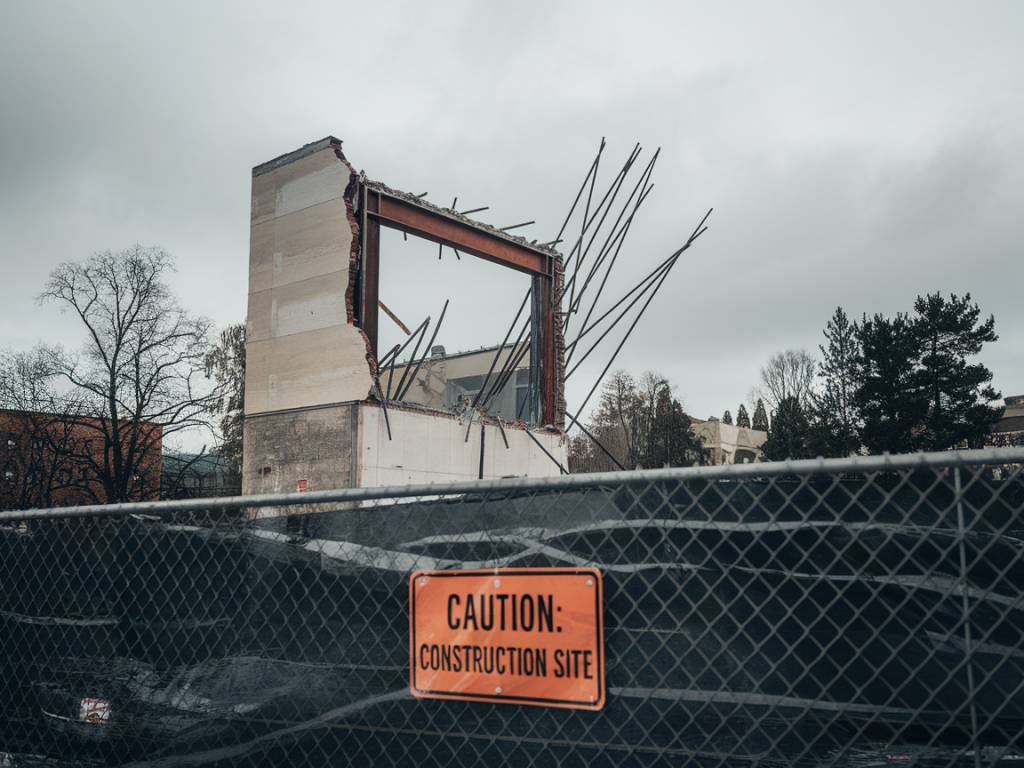In the hustle and bustle of modern workplaces, staying on top of safety standards can often feel like a daunting task. Yet, the implications of failing to meet these standards extend far beyond just a slap on the wrist. What exactly happens when businesses fall short? Let’s explore the legal implications, sprinkled with a dash of humor and real-life examples that will hopefully motivate you to never miss a beat on safety compliance.
The Gravity of Negligence
Firstly, let’s address the elephant in the room – negligence. Whether it’s the innocent oversight of a missing ‘wet floor’ sign or skipping a safety check, such lapses can lead to severe legal consequences. Not to be too dramatic, but imagine ice skating involuntarily in your own office. Fun in theory, but not so much in practice, especially when lawsuits start sliding in faster than you can say “risk management.”
Financial Repercussions
Money talks, and in the context of safety standards, it sometimes yells. Companies may face hefty fines if safety regulations are breached. These financial penalties serve as a wake-up call, reminding organizations of the importance of compliance. After all, wouldn’t you rather spend company resources on growth rather than on settling fines?
Damage to Reputation
In today’s world, where information spreads faster than wildfire, a company’s reputation is as fragile as a soufflé. One slip-up can lead to bad press, tarnishing the image of even the most reputable organizations. Word to the wise: ensure your safety standards don’t become the flavor of the week on morning news shows.
Legal Liabilities
Failing to meet safety standards can result in legal liabilities, including lawsuits from employees or third parties. Imagine spending more time in court hearings than in business meetings – not exactly what anyone signed up for when envisioning their career path. These legal battles can be lengthy and expensive, draining resources and morale.
Impact on Employee Morale
Let’s not forget the most valuable asset – your employees. They are the heart of any organization, and their morale can plummet if they feel unsafe or undervalued. A workplace that fails to prioritize safety is often seen as one that doesn’t care. And what happens when employees don’t feel cared for? Productivity dwindles faster than you can say “team-building retreat.”
Real-Life Case Study: The Domino’s Effect
Let’s dive into a real-life example. A few years ago, a well-known food delivery company faced legal charges due to inadequate training and safety measures for their delivery drivers. The oversight not only led to accidents but also dragged the company into a legal whirlwind, costing them millions. The message here? A little safety training can prevent a whole lot of chaos.
Compliance and Creativity: A Dynamic Duo
Ensuring safety compliance doesn’t have to be a mundane task. With a bit of creativity, businesses can integrate safety protocols in an engaging way. Host safety workshops with interactive activities, or gamify compliance checks. Make safety a part of your company culture, rather than just a checklist that employees gloss over.
Conclusion? Continuous Improvement
While there’s no formal conclusion here (look at me breaking the fourth wall), remember that the journey to compliance is an ongoing process. By fostering an environment of safety and well-being, organizations not only adhere to legal standards but also create a thriving, motivated workforce. So, next time someone skips a safety checklist, maybe remind them of the potential repercussions with a smile (or a funny safety anecdote).
In essence, meeting safety standards isn’t just about avoiding trouble. It’s about creating a workplace where everyone feels valued and protected. Now, isn’t that something we should all aspire to?

